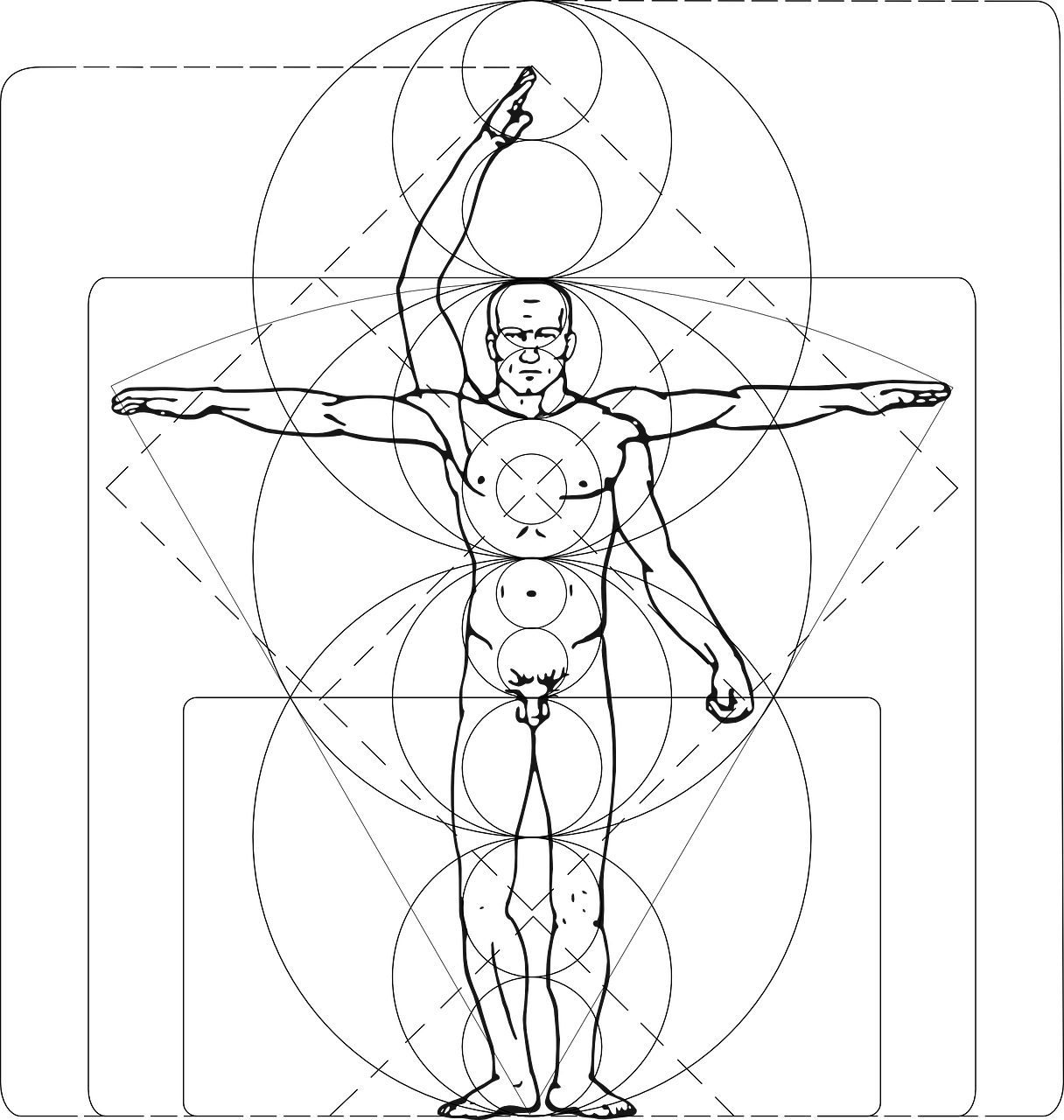Creating a Common Language is Key to Discussing Body and Personal Safety
When looking at body safety we need to consider the facts. According to the CDC 1 in 14 children who identify as girls and 1 in 14 who identify as boys experience child sex abuse. That is a frightening figure.

As a speech-language therapist, I encounter a lot more than that number of people a day. That means, statistically, that one of the children that I see in a day has been involved in sexual abuse.
However, it is quite common that the children I work with have not been taught the words and ideas that would help them express concern or report such abuse. Many of these children have not been exposed to the correct names for body parts – especially private parts – or educated on the uses of their bodies leaving them vulnerable and unprepared in the presence of an abuser.
So don’t shut this conversation down!
Let us work together to educate your children about their body. Collaborate with us as educators and be open to the fact that sex education needs to occur for children with Developmental Disabilities and for those individuals with Complex Communication Needs, like everything else, this takes a team approach.
Over the year many parents have expressed their concern to me about sending nonverbal children to school because the children struggle to tell them if something went wrong. Given the stats I,’d be concerned too!
In vocabularies, think how important the word ‘penis’ ‘safe’ and ‘no’ are for your user in their vocabulary.

We talk about 'crossing the road safely', we should do the same for keeping your 'body safe' even if the topic is uncomfortable. Parents may look horrified initially by the speech button for ‘vagina’ staring at them in the ‘body parts’ page of an AAC system, but it needs to be there.
Currently, in most robust AAC language systems the clinician needs to add it and then be able to have clear discussions about body safety with those involved in care. Create a curriculum and culture that involves modeling body parts and safety language with your school or place of work. The school and clinical teams must then share the language being used with the home to allow for everyone to openly discuss body and personal safety for individuals with developmental disabilities and those who use AAC to communicate.
Give AAC users a path towards reporting an itchy butt, a UTI or in at worst physical abuse. We keep our children safe by giving them the tools (including the words) to tell us what is happening in their lives.

